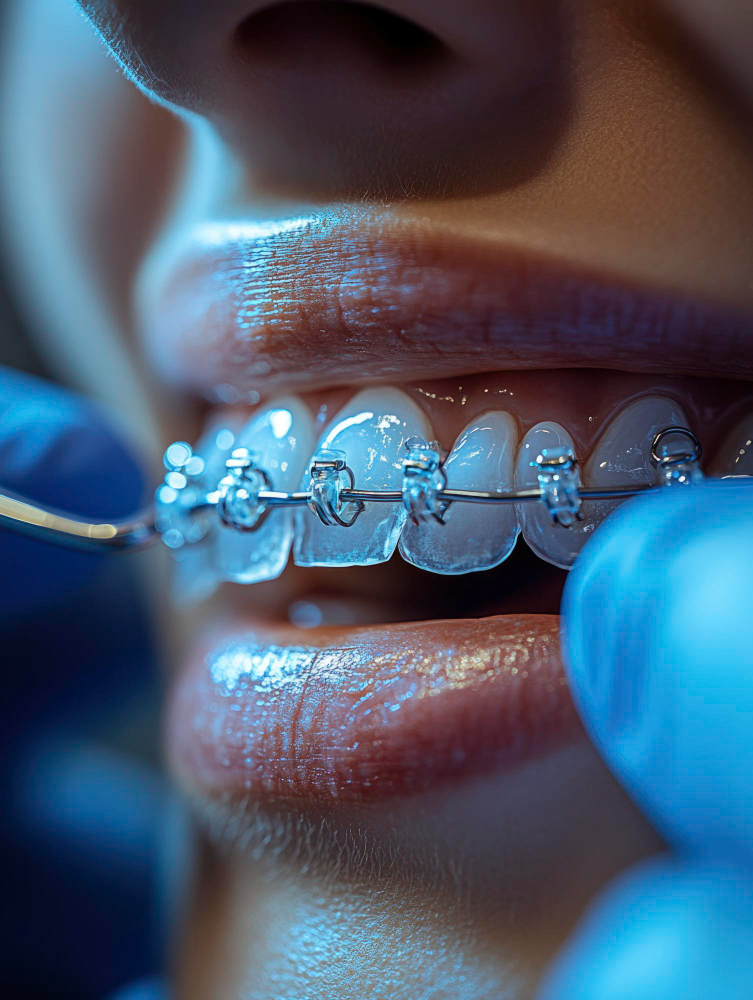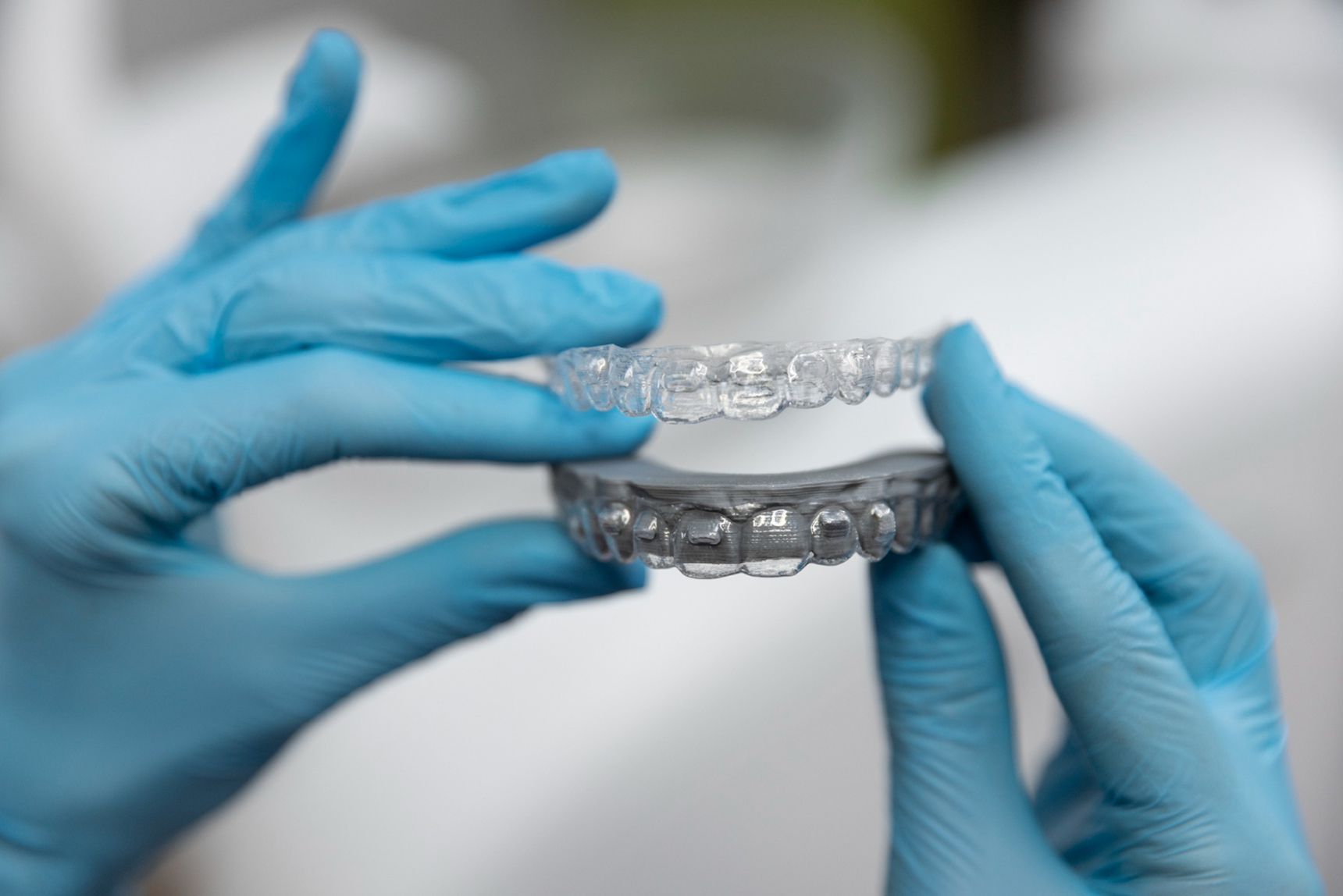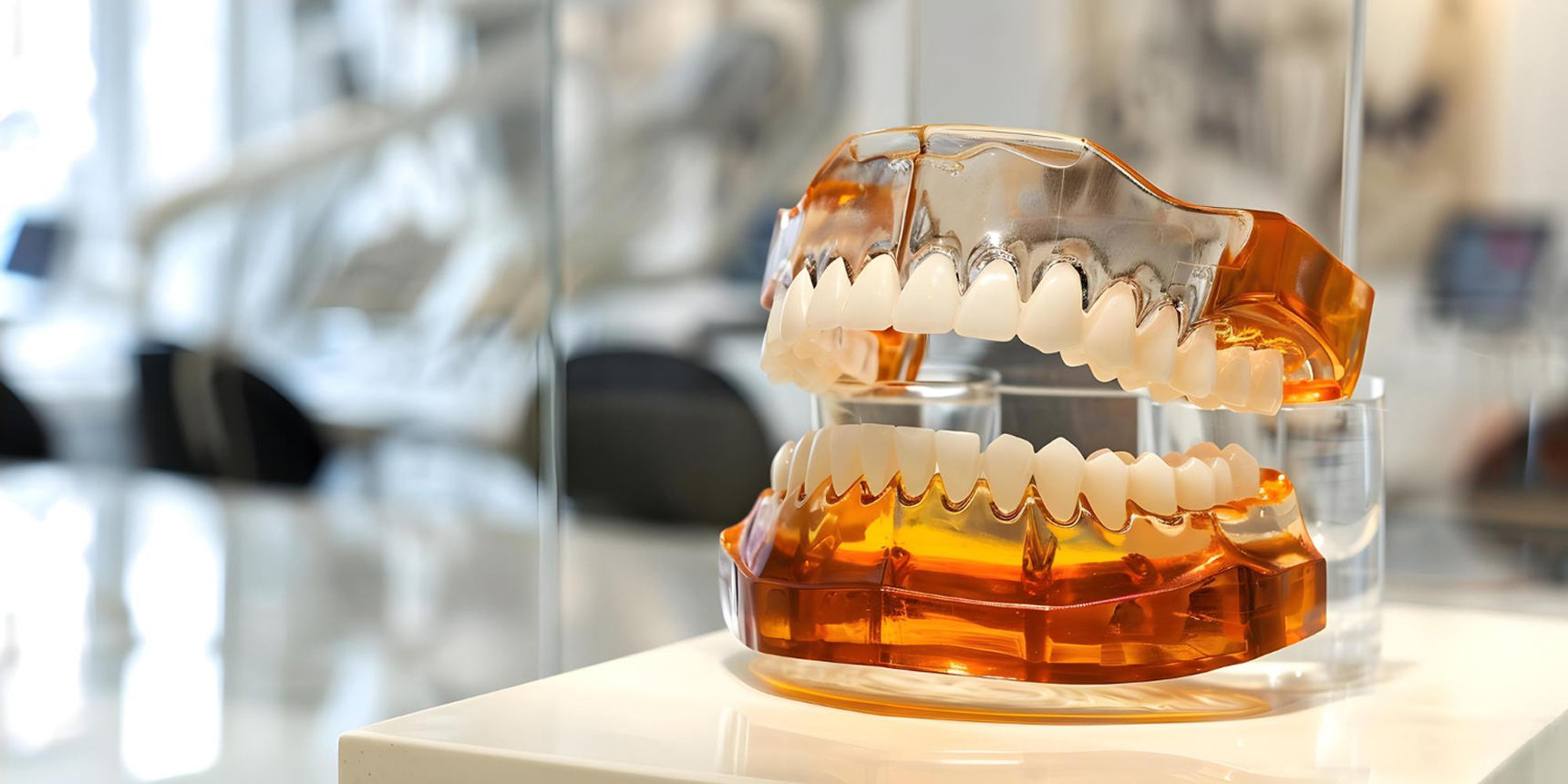
Braces consist of small brackets bonded to each tooth, which are connected by an archwire that applies consistent, gentle pressure. Over time, this pressure guides the teeth into optimal alignment, shifting them through changes in the surrounding bone and periodontal ligament. Modern braces come in various materials—traditional metal, ceramic, self-ligating, or less visible alternatives—so patients can choose a balance between aesthetics and effectiveness.
Braces do more than straighten teeth — they improve oral hygiene access, reduce risk of decay or gum disease caused by misaligned teeth, and support better bite function.

1
2
3
Duration:
Number of Sessions:
Recovery / Downtime:
Pain Level:
Pre-Treatment:
Post-Treatment:
Over the course of treatment, teeth shift into correct alignment, bite function improves, and aesthetics are enhanced. Long-term, braces help maintain dental health by easing cleaning and reducing wear or stress on teeth.
• Poor oral hygiene or unwillingness to maintain strict care
• Untreated periodontal disease
• Severe medical conditions needing careful assessment
• Teeth or bone structure unsuitable for movement
• Type of braces (metal, ceramic, self-ligating)
• Severity of misalignment or bite issues
• Duration and frequency of adjustments
• Need for adjunctive appliances (elastics, expanders)




